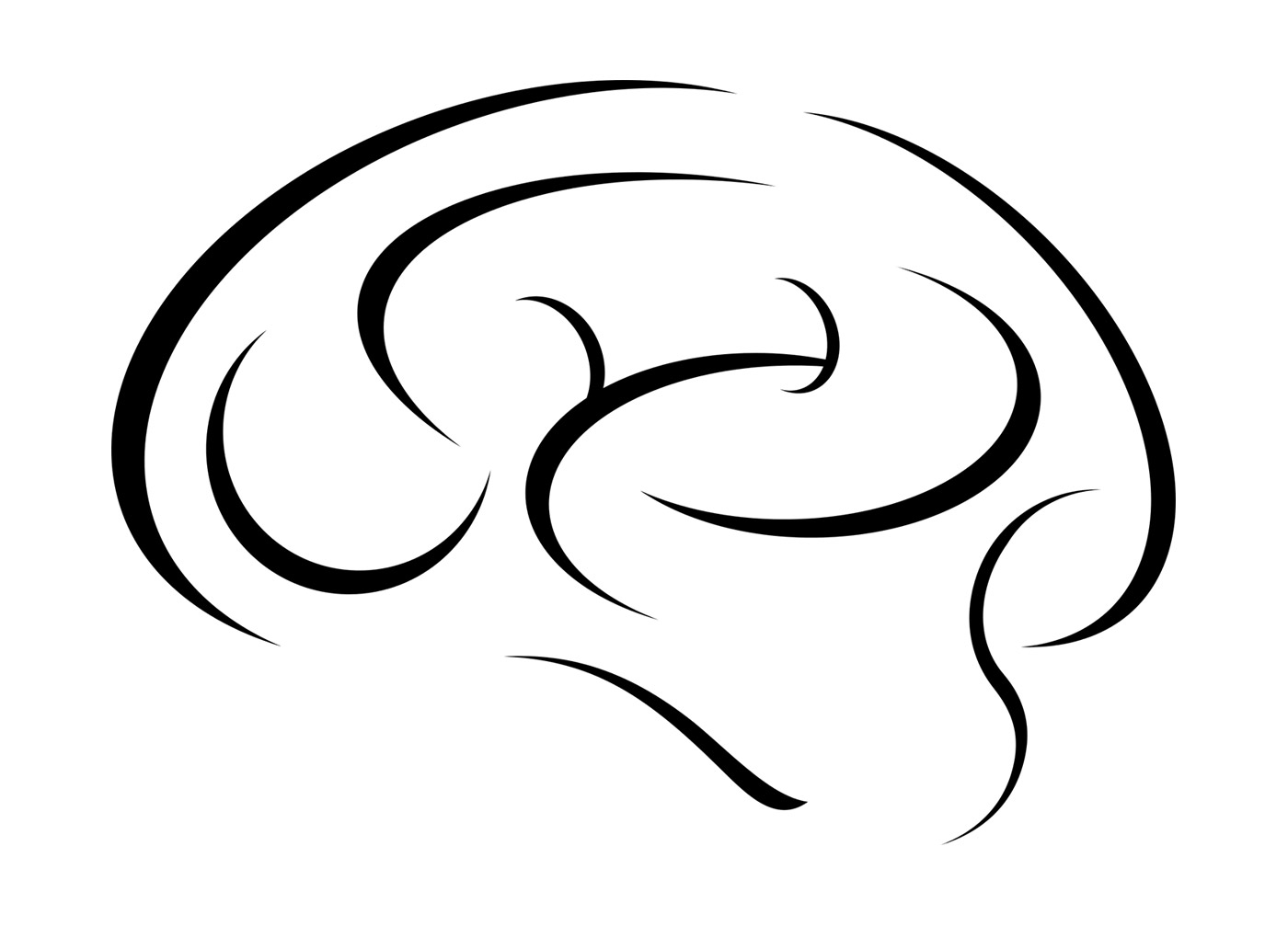Creating a functional window to the brain
Hendrik D. Kjeldsen explores the intersections of neuroscience, electrical engineering, and AI.
 Brain illustration (source: OpenClipart-Vectors via Pixabay)
Brain illustration (source: OpenClipart-Vectors via Pixabay)
Modern neuroscience is still relying on old methods that don’t allow us to truly understand what’s happening in the brain in real time. As a result, we have a limited understanding of brain-related disease and ability to treat conditions early. Truust Neuroimaging’s technology is providing real-time data to visualize energy flow in the brain, and, as a result, predict and treat brain-related diseases before they start. I spoke with CEO Hendrik D. Kjeldsen about how he discovered this problem, the limitations of today’s technology, and how Truust can change the field. Check out his pitch from IndieBio’s Demo Day Livestream.
AK: Tell me about your background. How did you get interested in the biotech space?
HK: I met my cofounder, Lars, about 15 years ago, while working as an electrical engineer. As a result of the computational problems presented while working on the Semantic Web, I got interested in artificial intelligence and did a master’s of AI in the Netherlands. I realized current AI approaches are not able to handle such complex problems, and we need to study real intelligence to figure it out. So I went to the UK to do a PhD in experimental neuroscience, where I faced a new problem: current tools are only able to see very little of what is going on in the brain. This not only makes it very difficult to understand the brain, but also makes it impossible to diagnose brain-related problems early enough to catch disease before they present with behavioral symptoms or become actual structural changes in the brain. This made us realize that we need to improve our neuroimaging tools; and based on the idea of super-resolution, we initially created a solution for specialized microelectrode arrays that worked surprisingly well. Since then, I spent some time at CERN, the global leader in experimental particle physics, where I really came to understand the potential of super-resolution signal processing techniques.
AK: What problem are you working to solve with your company, Truust?
HK: A major problem in neuroscience is that we are relying on statistical analysis to understand connections in the brain since we can’t actually see real-time energy flow. With our super-resolution method, we can see the actual flow of electromagnetic energy from point A to B, which means we now have a window into the living, dynamic brain for the first time. So using existing EEG hardware, we will collect huge amounts of data that machine learning can be applied to and understand EEG biomarkers of a wide range of brain-related problems. We envision a future with an EEG terminal in every doctor’s office as part of every physical; and the doctor does not even have to be an expert; our biomarker system is all the assistance they need.
AK: If you could only pick one thing to validate your reason for forming a startup, what would it be? In other words, what would be the single biggest indicator to you that you are doing the right thing?
HK: Seeing all different kinds of people, from random kids to experts in the field, get really excited about our prototypes visualizing energy flow in the brain tells us that we are really doing something new at the cutting edge of understanding the brain.
AK: How do you think success can change your industry?
HK: We are going to revolutionize neuroimaging to make it useful and relevant to the general population and their healthcare. It will become much lower cost than current MRI and PET techniques.
AK: How is your team uniquely able to tackle this? What’s the expertise?
HK: We have a unique perspective on the brain being cross-disciplinary between electrical engineering, AI, physics, and neuroscience. This allows us to take a physical and computational approach to what has traditionally been a biological problem. We have worked on these problems in one form or another for a long time, and what we are doing now is a natural culmination of that path.
AK: Any big lessons learned transitioning to startup entrepreneurship?
HK: We’ve had the expectation fulfilled that things move very fast. We can do things much quicker than in academia or in large companies. That’s actually one of the reasons we left those to form a startup. Things were moving very slowly. In a startup, we are learning much faster since we’re able to experiment and iterate so much faster.
AK: What’s the biggest challenge you’ve encountered so far?
HK: Talking about what we do in a way that isn’t too academic. There’s a balance between being technically correct and not being overly technical. These are new ideas that people aren’t generally familiar with, so communicating the nuances while still letting them see the big picture can be tough.
AK: What are the big goals and milestones you’re looking to hit in the short term? Long term?
HK: In the short term, we want to validate our technique with a number of different labs on hard, real-world problems, like better seizure localization for epilepsy. Our long-term goal is to truly understand the brain, which would open up many more general applications all across medicine and research.
